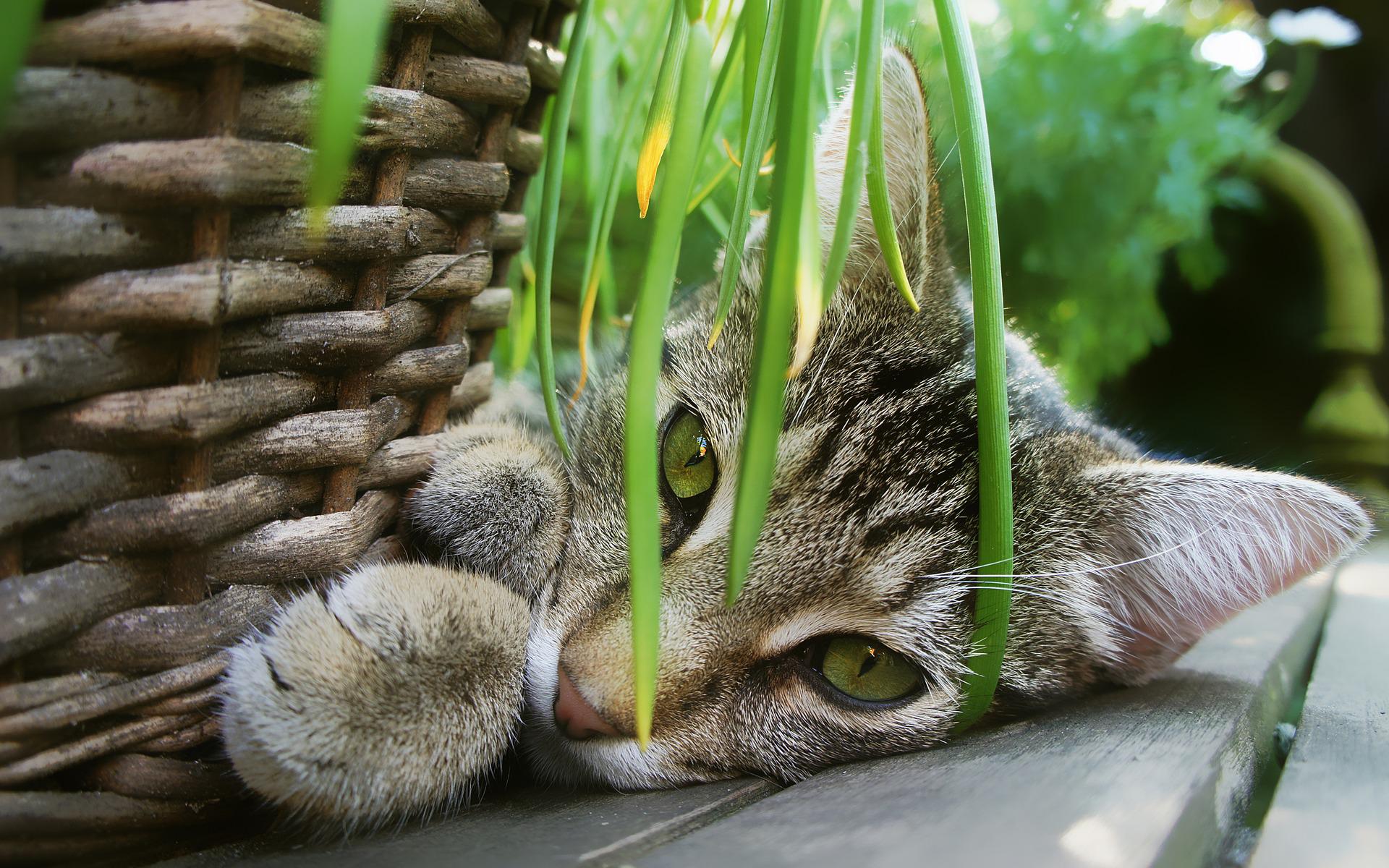
There are plants that are extremely poisonous and can cause serious problems to your dog. Some common houseplants that seem to be harmless to you can lead to life threatening conditions in your dogs.
Sago Palm
A sago palm looks like a miniature palm tree that can live indoors or outdoors. Sago palms are not only dangerous to dogs, it can be harmful to all pets. Those symptoms include vomiting, diarrhoea, seizures, liver failure and potentially death. The whole plant is toxic to pups, but the seeds contain the largest amount of toxins.
If you like sago palms, try a Boston fern instead. Known as the sword fern, it has similar aesthetics as the sago palm.
Tulips
Many people like having tulips in their home as they come in different colours. If your dog nibbles on the leaves, they could get an upset stomach. However, if your dog digs up and eats the newly-planted bulbs, there could be real danger. Newly-planted bulbs have the most toxins which can cause intense stomach upset, depression and loss of appetite.
If you like tulips, you can opt for peonies! They are colourful and vibrant just like tulips.
Lily of the Valley
Lilies are sweet-smelling and adorable. However, do not be fooled by their cute and harmless exterior, they are extremely poisonous to dogs. A small exposure to any part of the plant can cause heart problems for dogs. Eating a few leaves or bulbs can make your pup throw up. Additionally, it can cause low blood pressure, disorientation, seizure or even a coma.
If you like lilies, try a Christmas cactus instead. Christmas cactus enjoy humid conditions and are adorable like lilies!
Oleander
Every inch of this plant is poisonous to dogs. Similar to lilies, oleander can cause irregular heart rate and heart rhythm. You may see other symptoms like diarrhoea, stomach pain, drooling and it can be fatal.
If you like oleander, you may want to consider lemon bottlebrush. They provide a similar colour aesthetic!
Philodendrons
Philodendrons have heart-shaped leaves and long vines. They are dangerous and can irritate your dog’s mouth and lips. If your dog ingested some of these leaves, they probably will be pawing their mouths or drooling and retching.
If you like philodendrons, you might want to consider a million heart plants. They are pet friendly and shaped like a heart as well!
Rhododendron
They are also known as Azaleas. All parts of these pink beauties are poisonous to your pup. Depending on how much they have eaten, the most common sign would be an upset stomach. However, they can have a range of symptoms including feeling weak, tremors, suffer from low blood pressure and irregular heart rate.
If you like rhododendrons, you can consider pink orchids! They provide the same pop of pink without harming our precious pup.
Dieffenbachia
As known as the Dumb Cane, they are poisonous to dogs. If your dogs nibble on the leaves, they will feel a burning sensation on their mouth, tongue and lips. In a worse-case scenario, your dog may drool a lot and vomit, or even have a hard time breathing.
If you like the dieffenbachia, you can consider the prayer plant. Prayer plants look similar and are not toxic to your dog.
Japanese Yews
They are also known as Buddhist pine or Southern yew. Although the berries are not toxic to dogs, the leaves, seeds and bark are! Ingesting them can cause vomiting, lethargy, wobbly gait, heart and blood pressure changes. An early warning sign could be seizures and muscle tremors.
Cyclamen
Cyclamen is a popular houseplant due to their intense pink shade. Your pup is likely to experience drooling, vomiting and have diarrhoea, if cyclamen is ingested. Additionally, if they dig up the plant and gobble up the root, it can affect their heart rate and can even cause death.
If you like cyclamen, you can consider roses! Pink roses can provide the same pop of pink and are safe for pups.
Autumn Crocus
If your dog ingest even a small bit of an Autumn Crocus, they may start to vomit and have diarrhoea. Toxins found in Autumn crocus can have long-lasting effects such as suppressing bone marrow and causing liver failure.
If you like Autumn Crocuses, you can consider African Violets. They provide the same purple hue and are pet friendly!
What should you do if your pup nibbles on a dangerous plant?
If you think that your dog has ingested a potentially toxic plant, you should take a photo of the plant and head down to a veterinarian. It is important to get them checked early to prevent any further damage done to them!
Do you have a cat? Read this to find out plants that are toxic to cats.

































